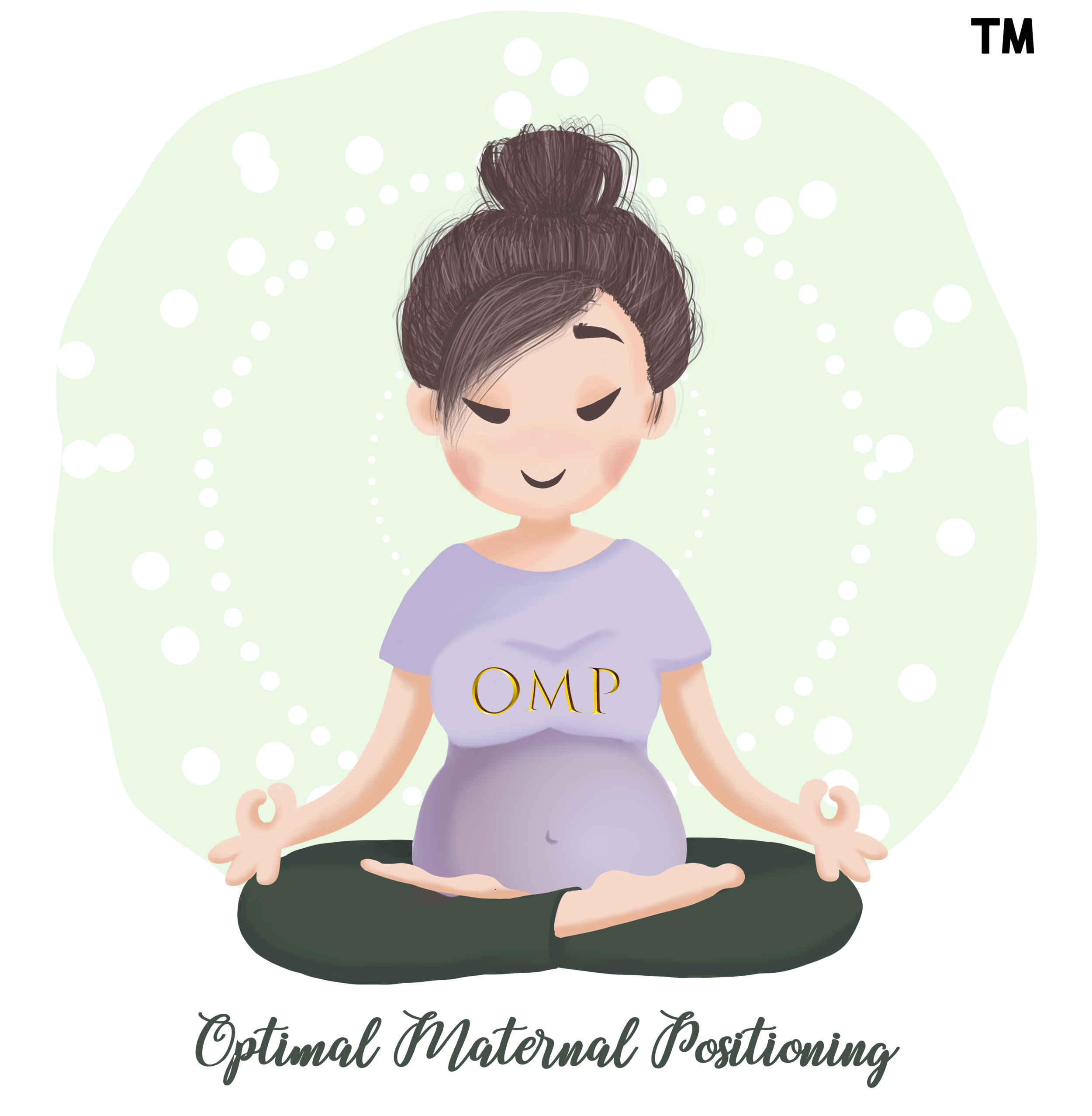Pregnancy Discomforts: Low Back & Sciatica Pain
recognising pain & discomfort during pregnancy: lower back pain and/or sciatica
Where does it usually hurt?
Lower Back Pain is a very common complaint amongst pregnant – approximately 50-80% of all pregnant women experience it. As the baby grows throughout the pregnancy, the body needs to accommodate additional movement and weight as the weeks go by. The changes to the tissues, ligaments and muscles primarily due to the roller coaster of hormones frequently cause physical stress to the lower spine due to the adaptations needed. This stress occasionally will lead to discomfort and unease in the body and pain signals may arise in the form of dull achiness or sharp pain.
What activities should I avoid?
Sitting for long periods of time (i.e. more than 20-30 minutes in one stretch) can generally aggravate and put pressure on the lower spine thus attributing to the pain.
Carrying and lifting heavy objects improperly (i.e. carrying weight that is too heavy or bending too much at the lower spine instead of squatting to activate your larger muscle groups) can cause strain throughout the lower spine especially since the abdominal muscles are not as engaged during pregnancy.
Having a sedentary lifestyle will also affect the lower spine and its related joints. Movement helps to create more lubrication between the joints and spinal bones thus preventing stiffness in the lower back and tension built up in the surrounding musculature.
What exercises can I do?
Strengthening
The muscles that protect and stabilize your lower back aren’t only located in your lower back! The majority of stabilizing muscles are located in your abdominal area and sides, including your pelvic floor.
To help strengthen the lower back try these exercises:
Foundational Lower Back Exercises
Glute bridges
Glute fire hydrants and leg lifts
Bird Dog
Pelvic tilts lying down or on all fours
Pelvic floor exercises
Wall squats
Gentle squats
Mobility
Number 4 stretches
Quadraped Pelvic Tilts
Hamstring stretch, lying down with one leg up, one knee bent
Child’s Pose
Ergonomics
Sitting Posture – making sure that you are sitting on your sitting bones and not your tailbone or pubic bone. Gently rocking your pelvis forward and back as to do cat/cow stretches but in a seated position. While sitting, make sure you are NOT SLOUCHING – keep a slight neutral curvature in the lower spine with chest out and more upright. To take the pressure off the tailbone and lower spine, we advise to lean slightly forward with legs spread slightly wider than hips distance apart. This also ensure that baby has a lot of space to move about since their weight would shift toward the belly bottom and NOT your back/spine.
Self Care
Taking baths, self - massage, movement, stretching and lengthening, heating pad device (rice sock can be helpful for labour as well), breathwork, release stagnant emotions
How can I relieve the pain?
Please seek a prenatal chiropractor or health practitioner for guidance on how to get to the root cause of the problem.

